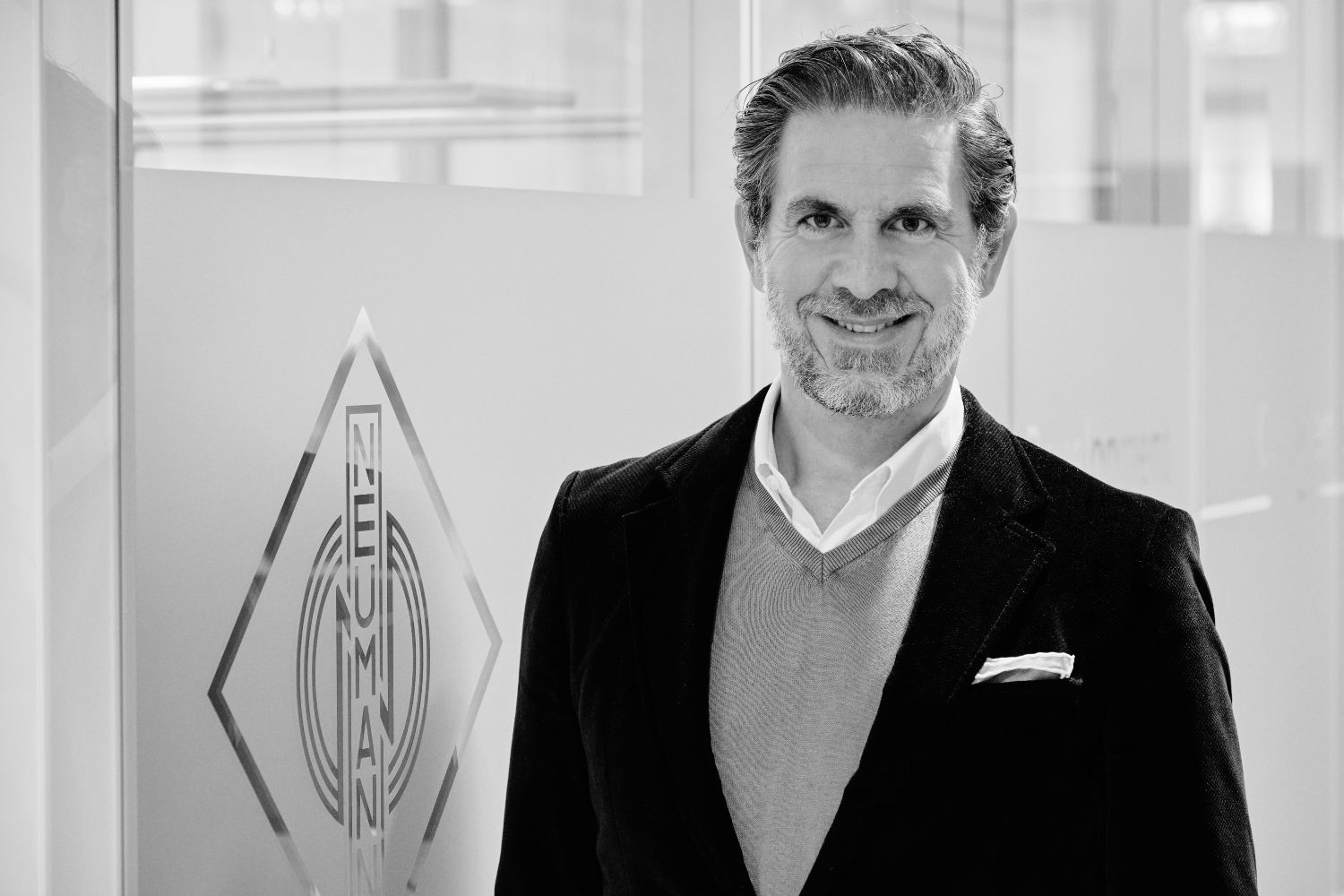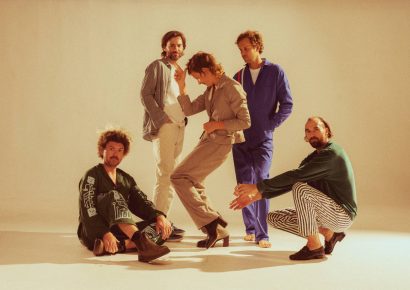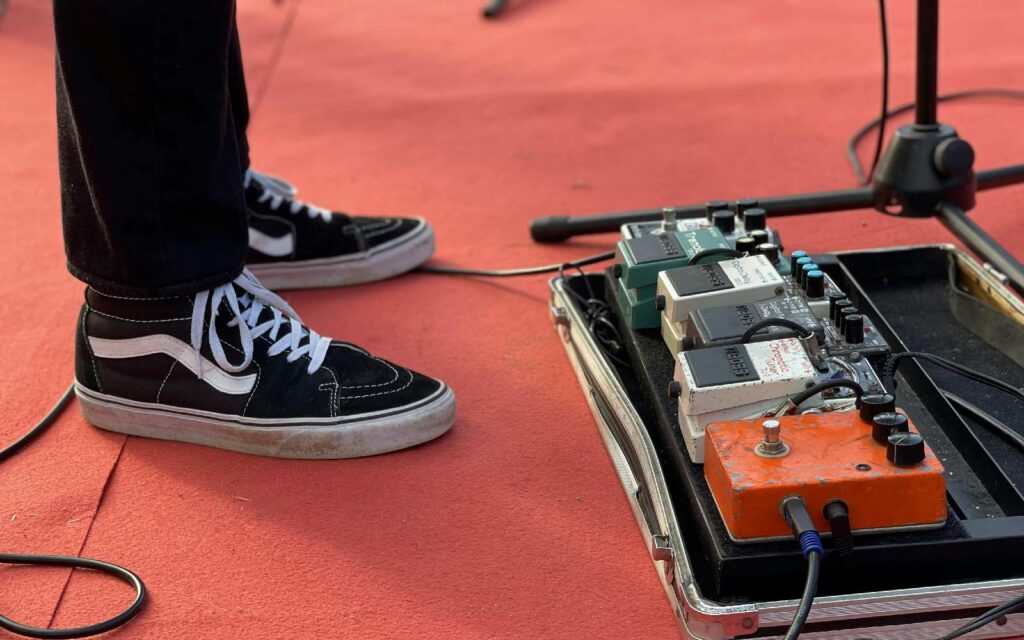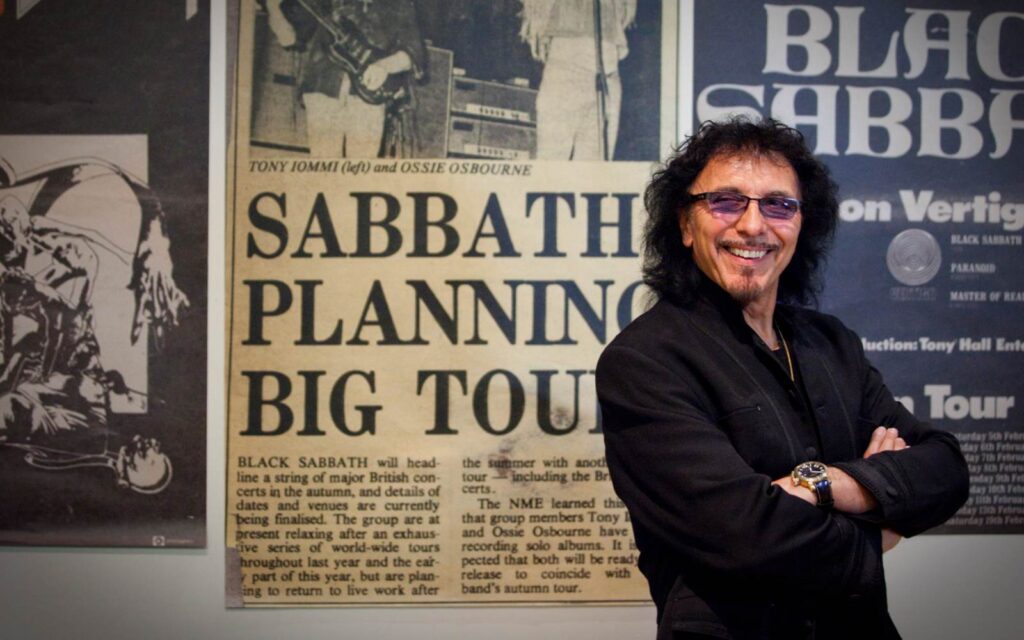Including a run through of their MA1 product.
For those in the audio engineering world, the brand Neumann is synonymous with quality. Their legendary range of microphones have likely been used on most of your favourite records—in particular the U 47 and U 87 models.
With this in mind and the fact it’s Monitoring Month here at Mixdown, we were lucky enough to interview the CEO of Neumann, Ralf Oehl, about their pivot into the monitor world a decade ago and what’s coming up next for the famous audio manufacturer.
Read up on all the latest interviews, features and columns here.
What is the mentality behind creating Neumann products?
Having been an audio manufacturer for close to a century, Neumann has cultivated a legacy of excellence and “first of its kind” solutions. Many of our innovations have become reference products for the industry, from the classic U 47 microphone to the KH 120 studio monitor. So when we set our sights on adding a new product to our portfolio, it is because our customers are facing a challenge in their workflow or creative process that our current portfolio can’t solve. We then thoroughly evaluate how we can offer a solution that deserves the trust of our most loyal customers and has the potential to elevate their work to new levels. We don’t bring a product to market unless we see the potential for it to achieve such a reference status.
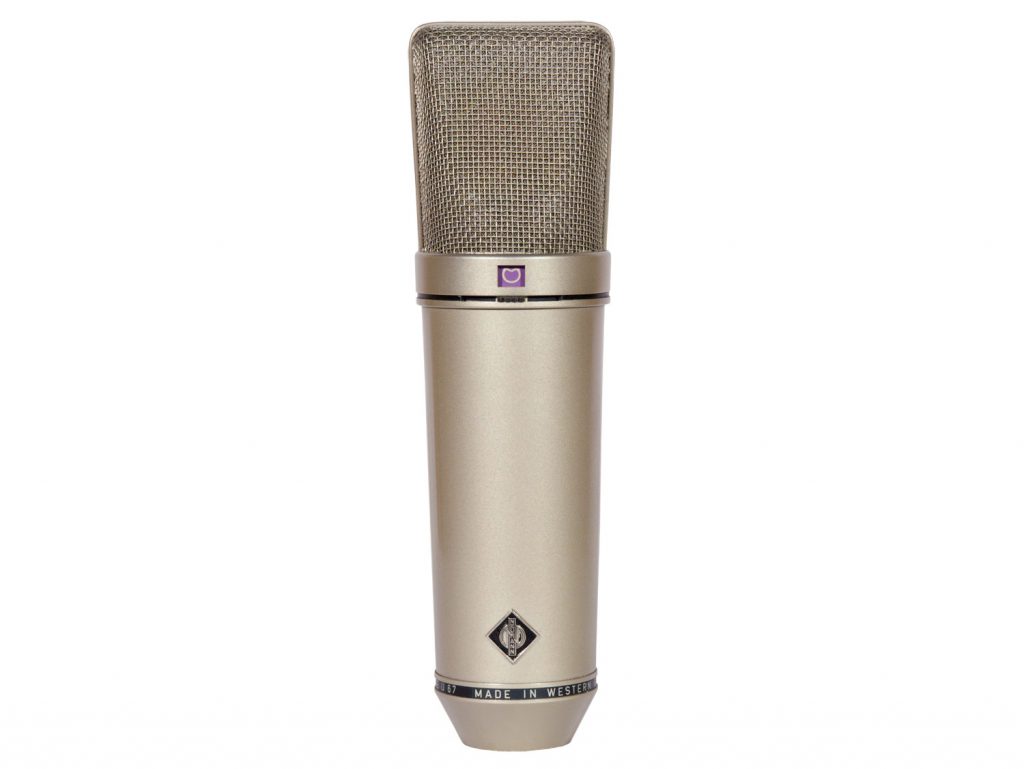
With this, Neumann is known for meticulous craftsmanship. Our customers see Neumann equipment as an investment because we build everything to last – hence why products that launched decades ago are still as popular today as they were in the 1960s, such as the U 67 microphone. All of our microphones and monitors are hand-crafted in Europe so we can ensure reliable and consistent quality. We take our time to make things technically as close to perfect as possible, even if it takes us longer to deliver new products to the market.
Neumann pivoted into the Monitor market in 2010, why do you think this was the next step for the brand?
After being on the forefront of recording technology for so long, we honed our expertise in capturing detail and emotion from artists. Hence, we noticed that many of the existing monitors on the market lacked the ability to playback a very accurate sound of the recordings. We realized that this was something that our customer base was looking for that would be an excellent complement to our existing product offerings, so we focused our efforts on creating studio monitors that could reproduce the truest playback while still being easy to work with.
We did not start from scratch and found a great partner in Klein + Hummel. The fellow-German company offered a strong foundation in the monitor market, so we combined forces with an acquisition. Our monitor line is since called “KH” to pay tribute to that foundation.
What makes Neumann monitors stand out amongst the crowded market of studio monitors?
What sets our studio monitors apart is that they are not built to please the listener, but instead aim to give them the most realistic representation of their work, so they have the best chance at achieving perfection in what they do. If you look at reviews of our studio monitors online, you’ll notice an interesting trend. While we are overwhelmed and humbled by the number of 5-star reviews, so many customers have remarked that they initially thought our monitors sounded terrible until they realized it was their mixes that were the issue. One end user even called the monitors, “glasses for my ears”.
While many monitor manufacturers today are focused on achieving vivid and unique sound signatures, we shied away from this trend to stay as transparent as possible. Because of this, all of our monitors from the KH 80 to KH 420 offer a similar sound pattern. While the KH 80 doesn’t extend as low as for example the KH 420, they all maintain a high level of consistency. This is advantageous because in today’s studio environment, the mixing and mastering is often done by remote, disparate teams in various sized studios with a mix of speakers. If post-production for a film is taking place across one engineer’s garage and another’s professional studio, our monitor solutions of all sizes will ensure that the team have a cohesive sound across their distinct setups so that they can produce a uniform end result.
How does the MA 1 work, and why do we need technology to align studio monitors?
The MA 1 is a proprietary Neumann software that comes with a Neumann measurement microphone to achieve the best possible monitoring result in any acoustic environment. When setting up studio monitors, expert engineers usually tweak quite a few manual adjustments and make some approximations to get the most accurate reproduction out of their monitors. The MA 1 acoustically scans the room to analyse it and then uses the embodied knowledge and experience of our engineers to precisely adapt the monitors to the given recording environment. This ensures the most accurate playback, even in rooms that are not designed for professional monitoring.
While this seems like a great tool for a semi-professional, it is in fact also becoming a staple in professional environments and for on-the-go engineers. It was a saving grace on New Year’s Eve when live sound engineer Jim Ebdon mixed Justin Bieber’s highly praised performance at the rooftop of the Beverly Hilton Hotel. He had to mix the stream in a hotel room, which was certainly a less than ideal mixing environment. To achieve the excellent sound that we all heard on TV, he utilized the MA 1 algorithms to adapt his Neumann monitors to the demand and credits the tool for enabling him to mix well in such a substandard mixing environment.
How do Neumann’s studio headphones relate to your monitor line of products?
Our studio headphone line is essentially our studio monitors, packed into the smallest possible form factor. The Neumann NDH 20 was built to have a similar sound pattern to the KH line so that audio professionals can maintain a level of accuracy and detail when traveling that is as close as possible to mixing in their studio. To ensure cohesive sound to our monitors, we have our sound designers who develop the studio monitors also do the final testing for our headphones.
What design innovations have Neumann been working on currently?
We are currently focused on two main innovation areas.
The majority of reference equipment in the audio industry is inherently analogue. As digital environments become the new-normal, we are working towards solutions to best link our reference microphones and monitors into digital workflows and professional network environments. We are focused on extending the value chain from analogue to digital in a way that does not compromise the quality of our products.
Based on the huge success of the MA 1 and the rapidly expanding need for solutions to support remote workflows, we are also developing more solutions that enable corrective action and help engineers get the most out of their makeshift studios. As the industry is increasingly on-the-go, we are eager to help professionals optimize imperfect environments so recordings and live performances can sound great wherever they are captured or worked on.
What should we expect from Neumann in the next year?
In the upcoming year, there are two primary focus areas: immersive audio and networked audio.
Our portfolio of microphones, from the classic U 87 and 67, to the specialized KU 100 Dummy Head which was designed explicitly for binaural recording, has been leveraged for 3D recording for years, with many considered reference microphones for this field. With this, our studio monitors can be found in immersive studios all over the world. As immersive audio is becoming increasingly commonplace in music, film, gaming and more, we are planning to continue tailoring our product line-up to offer reference solutions for this growing field.
We also just launched the KH 750 AES67 Subwoofer, a variant of the acclaimed KH 750 DSP that is uniquely engineered for AES67-based environments. We see this as the beginning of a new era for Neumann as the product is the first of its kind in our line-up with more to follow soon.
And finally, while Neumann may be admired by the pro audio industry as the “go-to” brand for studio equipment, we are also big fans and supporters of live music. We can’t wait for it to come back. Expect us to support our live audio community in this return as well – with iconic Neumann sound!
For our down under readers, Neumann have opened demo rooms at dealerships across the country for you to test out their monitors in person. Head to your local Neumann dealer for a test run!
Head to Neumann to find out more about their range of products.
